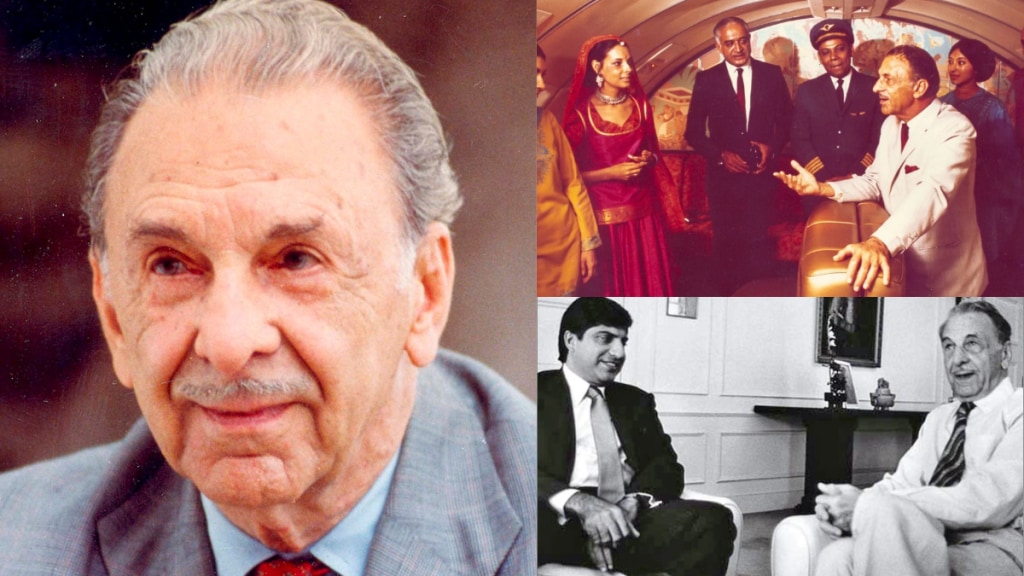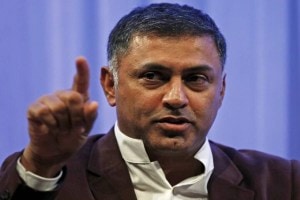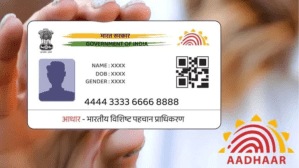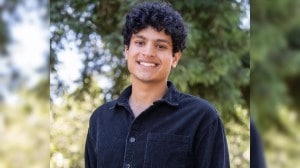Tata is a legacy, a brand that millions have trusted and believed in for generations. The man behind this trillion-dollar empire, who put Tata on the world map is Jehangir Ratanji Dadabhoy Tata also known as J.R.D Tata. He was born in the ‘City of Love’, Paris, to renowned industrialist Ratanji Dadabhoy Tata and his wife Suzanne Brière, a member of the Indian Tata family. A pioneer and man of many talents, he was the founder of TCS, Tata Motors, Titan Industries, Voltas, and Air India. JRD Tata established Tata Airlines in 1932, ushering forth modern aviation in the subcontinent. Over a fifty-year period, he set the course for the Tata group and shaped it into the multinational giant it is at present.
Long before his passing, Jehangir Ratanji Dadabhoy Tata came to stand for an ideal of Indianness: one that was progressive, benign, ethical, and compassionate. This speaks volumes about the man and the life he led. By that point, JRD, as he was known to commoners and the king, had grown beyond the limitations of his surroundings and curated an empire that stands firmly till today, when many failed this utopian test.
J.R.D Tata’s early life
J. R. D. Tata was born to an Indian Parsi family in Paris, France, on July 29, 1904. He was the second child born to Ratanji Dadabhoy Tata, a businessman, and Suzanne “Sooni” Brière, a Frenchwoman. His father was the first cousin of India’s founding industrialist, Jamsetji Tata.
He spent a lot of his youth in France because his mother was from there, hence French was his first language. Before the demise of his mother, he spent his childhood in France and attended the Paris Janson De Sailly School and went by the name L’Egyptien, according to one of the teachers there. Tata received his education in India, France, Japan, and London. He went to Bombay’s Cathedral and John Connon School. His father relocated the entire family to London when he started working for Tata.
After his mother passed away, Ratanji Dadabhoy Tata made the decision to relocate his family to India and, in October 1923, sent JRD. to England for further study. He attended a grammar school and wanted to attend Cambridge University to study engineering. J. R. D. was required to serve in the military for at least a year because he was a French citizen. He spent a brief period of time at home in Bombay between grammar school and his service in the army.
Stepping into the world of business
J.R.D, at a very young age, found himself shouldering responsibilities with his father in the family business. In a letter to his father on his 21st birthday in 1925, JRD wrote, “One more year has fallen on my shoulders. I have been looking back and deep inside myself with the merciless eye of conscience, and have been trying to find out whether I have gained experience or wisdom during this last year. I haven’t found out much yet!”
In December 1925, J.R.D started working as an unpaid apprentice for the Tatas1. John Peterson, a Scotsman who had joined the organisation after working in the Indian Civil Service, served as his business mentor. JRD was a member of the Tata Sons board when he was 22 years old, not long after his father passed away. Aged 25, he denounced his French citizenship in 1929 to embrace the nation that would come to represent his entire existence.
JRD’s fascination with flying as a child inspired the first of his significant commercial enterprises. He had grown up in France watching the pioneering flights of the renowned aviator Louis Bleriot and had experienced an airplane thrill ride when he was just 15 years old. JRD was one of the first Indians to receive a commercial pilot’s license in 1929. Tata Aviation Service, the predecessor to Tata Airlines and Air India, began flying in 1932. JRD piloted a Puss Moth when it took off on the first flight in Indian aviation history from Drigh Road in Karachi. Up until 1953, when Air India was nationalised by Jawaharlal Nehru’s administration, J.R.D. was truly passionate about this airline and resisted this decision.
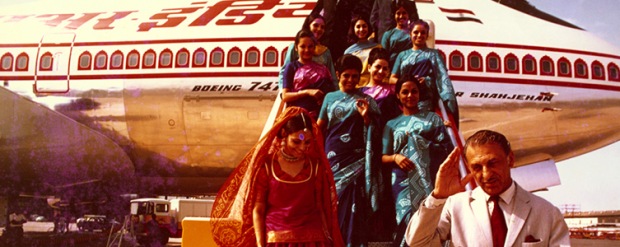
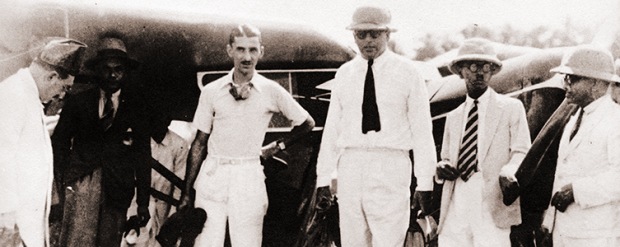
JRD was the youngest member of the Tata Sons board when he was appointed to the top position in the Tata group in 1938, succeeding Sir Nowroji Saklatvala as Chairman. He transformed the Tata group into a corporate confederation that fostered the development of entrepreneurial talent and know-how. Without JRD’s unwavering support, projects like the Tata Institute of Fundamental Research, the Tata Memorial Hospital, the Tata Institute of Social Sciences, the National Institute of Advanced Sciences, and the National Centre for the Performing Arts—each a model of excellence in its field—would not have been realised.
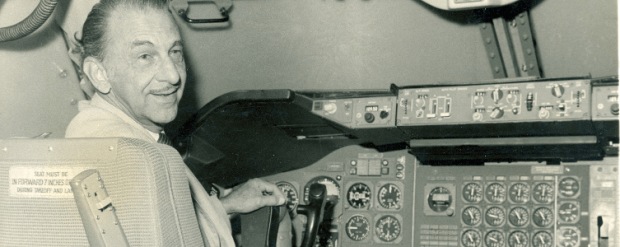
He married Thelma in 1930 after falling in love with her in Paris. On November 29, 1993, JRD passed away in a hospital in Geneva, and it could be stated that an era had come to an end. A business magnate, a genius, and a man of many talents, J.R.D Tata left a legacy behind that is celebrated by generations a after him.

